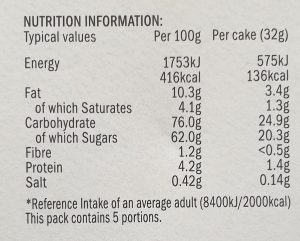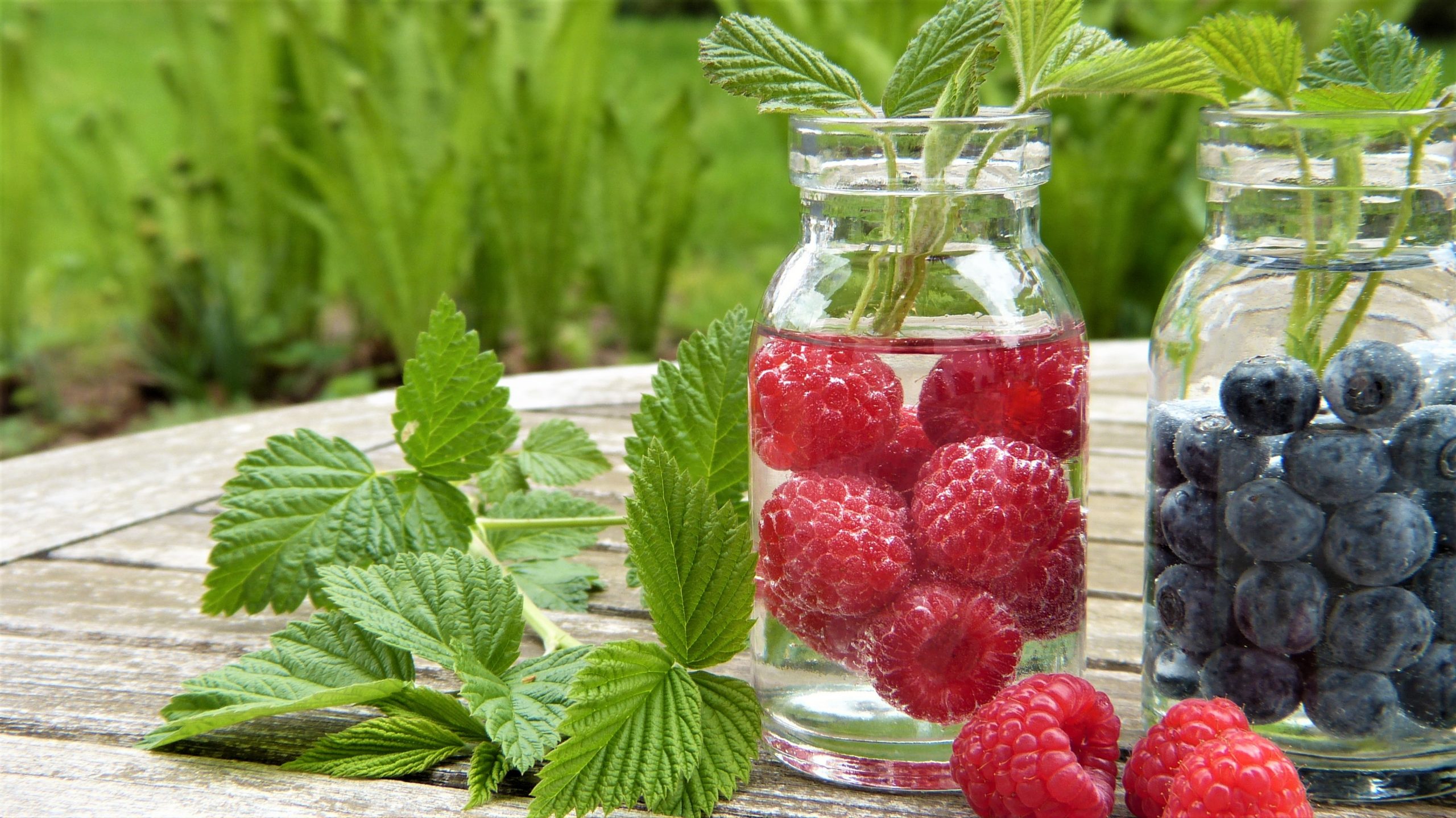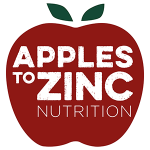8 Tips For Cutting Out Sugar
8 Ways To Cut Back OR Cut Out Sugar
Are you a sugar addict? Do you need to cut out sugar?
According to research sugar is as addictive as recreational drugs due to its impact on the brain. This is quite a dramatic and scary statement, but does provide at least some kind of explanation as to why so many of us are hooked on sugar and therefore how negatively it is impacting the state of the nation’s health.
According to the latest government guidelines an adult can have up to 7 teaspoons (approximately 30g) of sugar in a day. This doesn’t include milk or whole fruits but all other products are included such as dried fruits, juices, sweets, flavoured yoghurts etc.
With all of this in mind, it makes sense we try to eat less or cut out sugar and if like me you like the sweet stuff this maybe a challenge. I want to share with you my top 8 tips for helping to reduce the amount of sugar in your diet. These 8 tried and tested recommendations all fall within 3 different core habit types: Eating, behaviour and purchasing habits. Ideally making small changes within all of these areas will provide you with the best chance of success, any small changes you can make are all positive!
Dietary Habits
The habits we have about what we eat and how we eat are often formed over many years and are sometimes never questioned. Always having cereal for breakfast, a pudding after each meal, having to have a biscuit with a cup of tea, eating sweets and popcorn with every film you watch and having an ice cream on sunny days. These are all fairly common, but have you ever questioned whether they are right or whether you need the sugar rich products?
For some people, simply understanding where in the diet it is, is enough for them to reduce or cut out sugar – tell them there are 2 teaspoons of sugar in each biscuit they have with their cup of tea and they are able to simply stop eating them or have just 1 instead. This is my first tip:
1. Understanding How Much Sugar Is In A Food
On any shop bought product you will need to refer to the nutrition label. There are normally two columns with values in, and the first is per 100g and the second is usually the “per portion” guidance. It is good to see the portion size the manufacturer recommends to and compare that to how much you are actually eating of that product. To then find out the sugar content you are looking at the row which says “Carbohydrates, of which sugars”. Each 4g is the equivalent of 1 teaspoon of sugar, so in this example below one small cake is 20.3g so 5 teaspoons worth.

Once you understand where the sugar is coming from it is much easier to make better, and more informed, choices – you’ll know which cereals are better to choose at breakfast, you’ll be able to decide if you should or shouldn’t be eating the sweets or the pudding based on intake throughout the rest of the day
Snacking is typically one of the main sources of excess sugar, as sugar is often found in processed foods and these are the easy ones to grab, and this brings me on to tip number 2:
2. Snack On Savoury Foods
Rather than always going for cakes, biscuits, sweets or cereal bars when you are hungry you can select a savoury option. Savoury products are much less likely to contain sugars (although do check the labels still!). Good options could be oatcakes and nut butter, cheese on crackers, carrot with hummus, celery and cream cheese, tortilla chips and guacamole…..whatever you fancy!
Drinks are another group of products that often contain high levels of sugar. Fizzy drinks, juices and squashes are all high. Don’t fall into the trap of opting for the “diet” versions – that is a whole new issue that is best avoided if you value your health.
Here’s my third tip
3. Flavour Your Own Water
If you really don’t like the taste of water or feel that you are bored of the taste of it then why not create your own flavours. Adding fruits, mint or ginger to still or sparkling water, using the cold infuse teabags, or allowing the fruit herbal teas to go cold gives you some wonderful options.

Purchasing Habits
As adults we actually have quite a lot of control over what we chose to buy. It might sound very simple but the less sugary products you might the less sugar you are likely to eat. Here are my next 2 tips which are focussed on purchasing behaviours
4. Plan Your Meals & Snacks
Turning up at a supermarket without a shopping list is about as dangerous as a kid in a sweet shop, without an adult and with a full money box. You will end up wandering down every aisle, spending a long time in the store and be very tempted by all the great value offers on the end of the aisles that are often the types of products that are high sugar but low in nutrients.
If you plan your meals and your healthy snack out each week (or even every few days if that suits you better) and write just the ingredients down that you need, you are more likely to stick to the list only and be less tempted by the foods that are not on the list. It will require willpower but you’ll be in the shop for less time and will likely save yourself some money too. Click here to purchase an Apples to Zinc meal planners for just £12 to help you work on this recommendation

5.Don’t Shop Hungry
A study back in 2013 revealed that people who food shopped when they were hungry didn’t necessarily buy more food, but the quality of the foods and the number of processed foods was much higher. This credibility of this research has been questioned and the findings were subsequently withdrawn. More recent research appears to shows you are actually more likely to buy non food items when you are hungry….who knew?!
Whilst the research isn’t clear cut on shopping when hungry I believe it is not best practise to do so. I do notice that I am more tempted to buy something a bit naughty that I can eat in the car to keep me going……and I don’t think I am alone with that habit!
Behavioural Habits
Lastly, we have our ingrained behaviours around foods to tackle. This could be needing to eat chocolate every evening when you watch TV, having a biscuit with every hot drink or having puddings after each meal. These are the behaviours and relationships we have with foods. My first tip for behaviours is about understanding your triggers:
6. Working Out Your Trigger
They might be different for everyone, but we are all triggered to eat sugar rich foods. These can range from needing comfort, distraction, hunger, bored, anger or as a reward for getting through a day. Understanding what your trigger is can help you with cutting sugar out. For example, if your trigger is as a reward for getting through the day then you can change this by giving yourself a non-food reward that gives you the same sense of calm e.g having a bath or quiet time to read a chapter of your book etc. As a second example if you always have to have a biscuit with a cuppa then the trigger is a hot drink….but it also might be that it signifies some time to yourself and a little comfort. Instead you could do something else that gives you the same buzz such as listening to your favourite song or reading a book or watching 15 minutes of a TV programme.
It isn’t always easy to make these changes and therefore this next tip can really help
7. Distract Yourself
If you are sat at your desk, or watching TV and you are craving something it can be very hard to ignore those feelings and change that behaviour. Putting in some distractions can be very helpful as you learn to take control. The distraction technique is simple and involves distracting yourself from the craving thoughts for 5-10 minutes by doing something like chatting to a friend or colleague, doing some lunges or squats or perhaps getting up and drinking some water. Often the craving will pass….but if you do still have it then it might be actual hunger and you can then decide if you need a healthy snack or if you truly do want the high sugar food.
My final tip to help you cut out sugar is around sleep
8. Get A Good Night’s Sleep
Whilst we sleep our body recharges and also our appetite hormones are reset. Getting enough sleep is important to ensure we have good energy and a normal appetite. If you have fewer hours than is optimal or your sleep is interrupted it can leave you feeling unrefreshed in the morning. Your brain will automatically put itself into a mode where it will seek out sugar all day to help give you little boosts of energy throughout the day because it is tired and hasn’t got the energy it wants. This will mean that you will struggle to control cravings and that your appetite will naturally be higher than on a day when you have slept well. So next time you are up late and thinking about whether to watch another episode of the latest series you are following, why not just go to bed instead and give your body the relaxation it needs.

So, there you have it, my top 8 tips for helping you to cut back on sugar. Why not try some or even all of these and see what a difference it can make to you. Alternatively, if you need more one to one help then book your free call with me to see how I might be able to help you

[…] Sugar is a very inflammatory food and so it actually adds to the burden on your immune system rather than supports it. Sugar also kills the “good bacteria” that lives in your digestive system (see tip number 7!) and it is that good bacteria that is the majority of your immune system. Sugar is found in all kinds of foods from the obvious (cakes, sweets, and biscuits) to the not so obvious (cereals, sauces and flavoured yoghurts). If you think you have too much sugar in your diet currently and what to have less then read my 8 tips for cutting out sugar blog. […]
[…] Sugar is a very inflammatory food and so it actually adds to the burden on your immune system rather than supports it. Sugar also kills the “good bacteria” that lives in your digestive system (see tip number 7!) and it is that good bacteria that is the majority of your immune system. Sugar is found in all kinds of foods from the obvious (cakes, sweets, and biscuits) to the not so obvious (cereals, sauces and flavoured yoghurts). If you think you have too much sugar in your diet currently and what to have less then read my 8 tips for cutting out sugar blog. […]